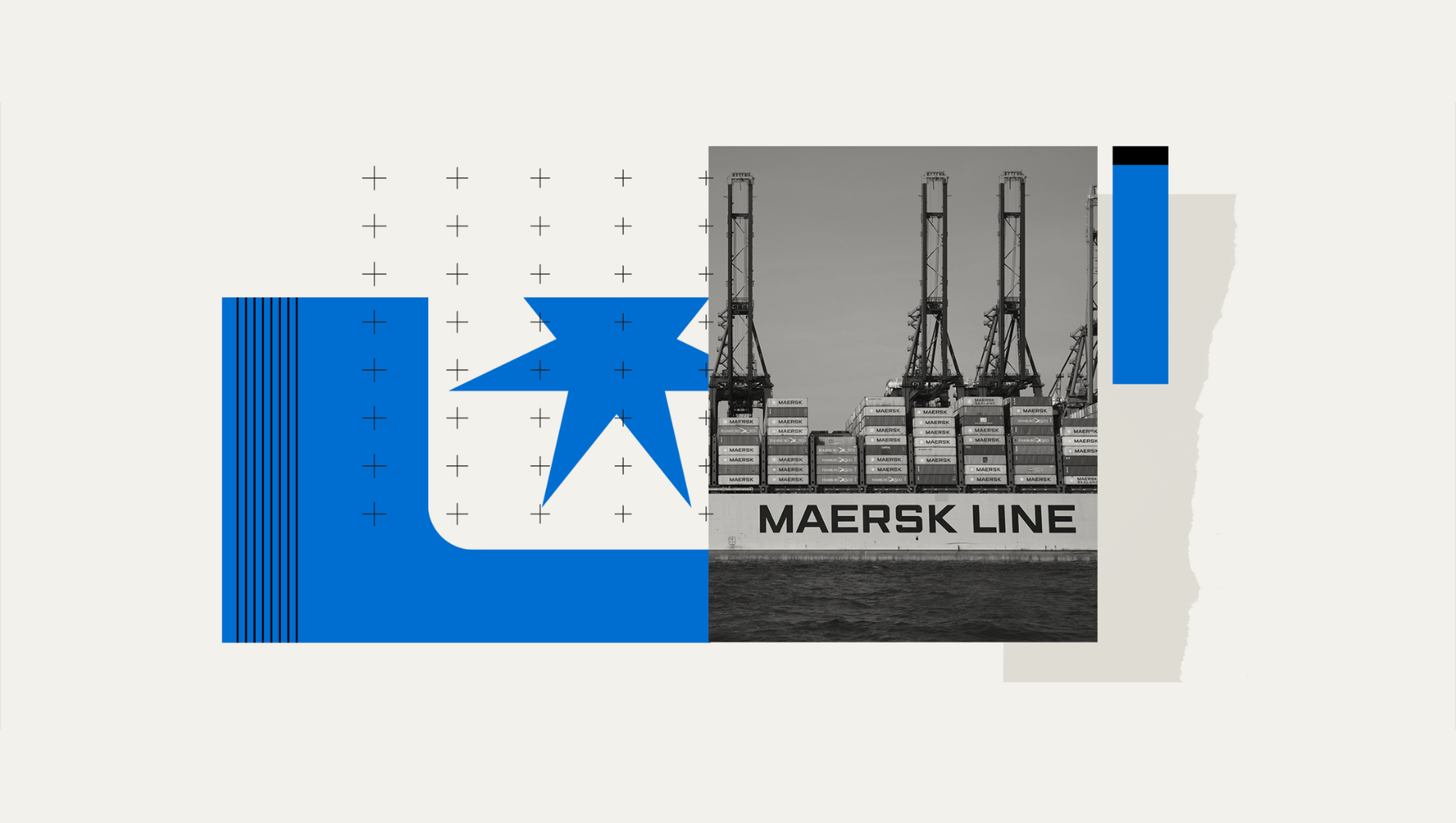Manufacturers rely on domestically produced parts made from imported metal, much of it from China
U.S. automakers may have greater exposure to President Donald Trump’s new 25% tariff on all steel and aluminum imports than they realize.
Analysis by Altana reveals that most automakers’ tariff exposure is buried deep within their multi-tier supply chains — unseen, unanalyzed, and unquantified. U.S. manufacturers of parts fabricated from imported steel and aluminum could soon raise prices to accommodate the new tariffs — and pass the higher costs on to the automakers.
The White House warned it would soon apply the tariffs to downstream products such as imported auto parts, aerospace components, cans and containers, and more, in addition to imported steel and aluminum articles. Companies who can prove they’re using U.S.-made materials can avoid them completely.
According to Altana’s analysis of the global aluminum supply chain, the 18 top U.S. automakers together use almost 6,000 suppliers of aluminum products from China, Mexico, and Vietnam at the Tier 2 level, and more than 16,000 at Tier 3. Effectively, more than 98% of automakers’ exposure to aluminum tariffs comes from suppliers in Tier 2 or deeper in the value chain.
At the Tier 3 level, a large number of aluminum suppliers originate in Vietnam, which receives significant Chinese foreign direct investment and whose government President Trump has called “the single worst abuser” of trade rules.
Without deep visibility into product-level value chains, automakers risk significant financial and operational disruptions — and not just from tariffs. Altana uncovers these hidden dependencies, helping enterprises quantify risk, adjust sourcing strategies, and build more resilient supply chains.
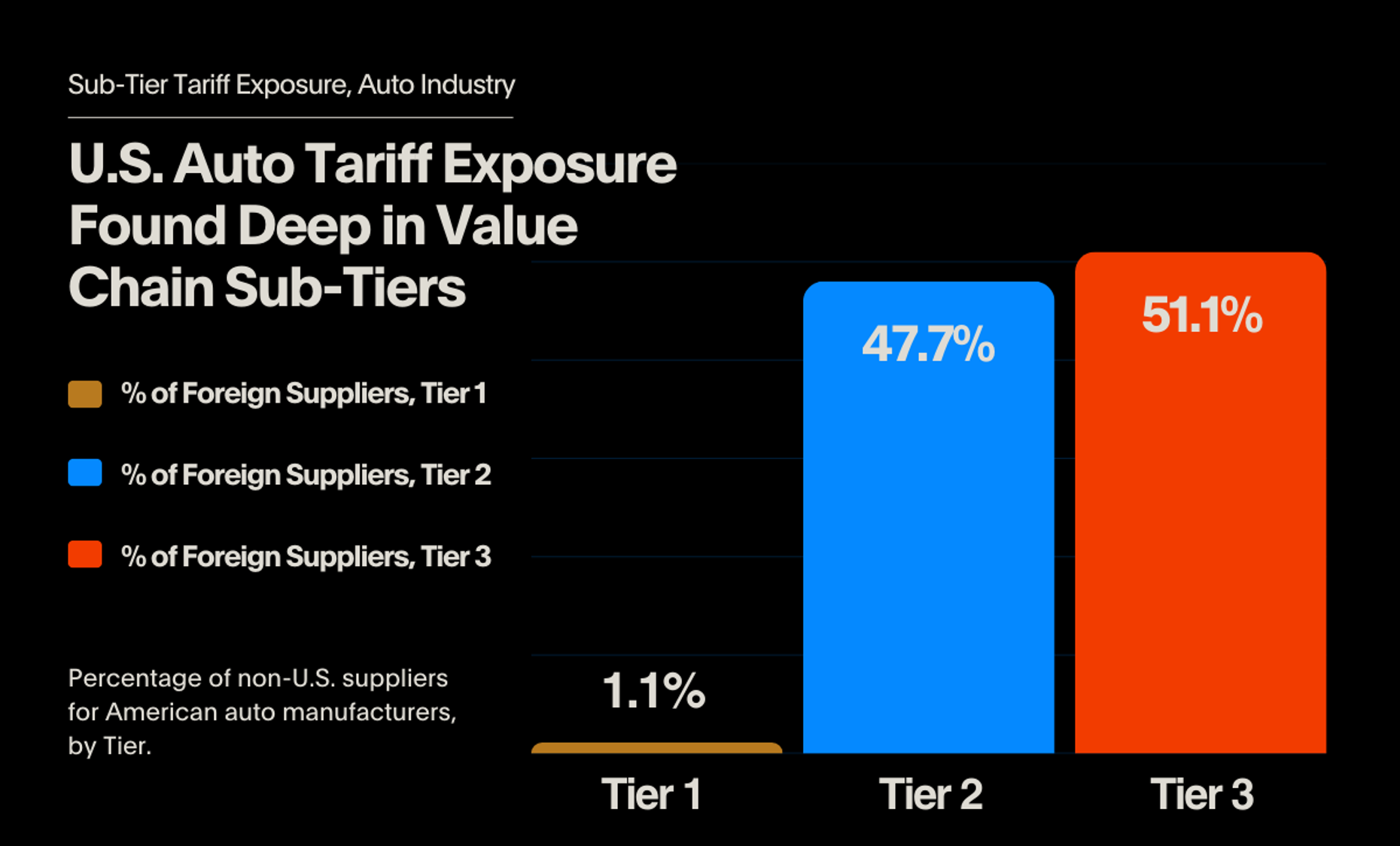
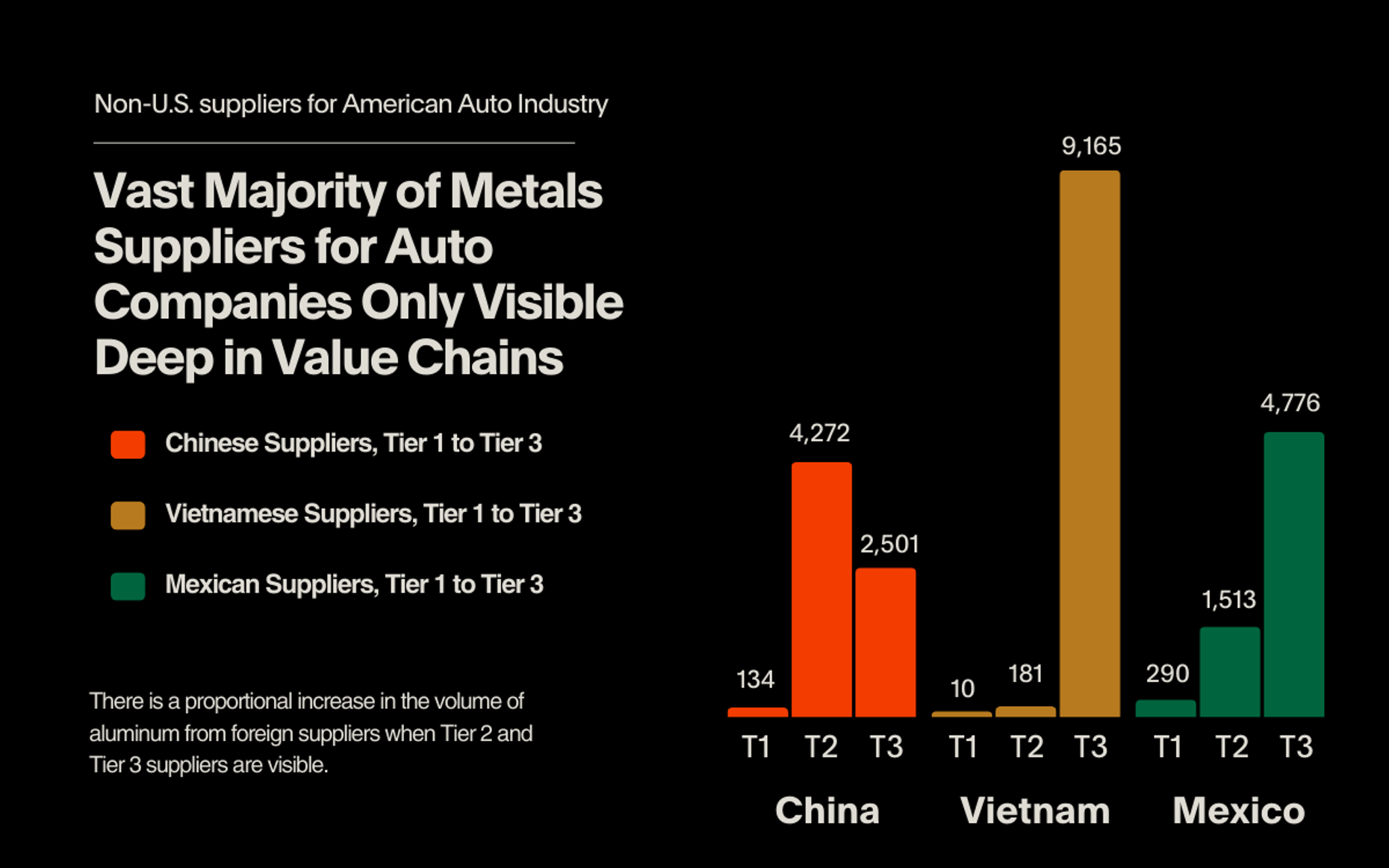
Altana’s data indicates a proportional increase in the volume of aluminum from China and Vietnam when Tier 2 and Tier 3 suppliers are visible. Overall, the vast majority of aluminum suppliers are only visible deeper in value chains, necessitating network visibility into product-level value chains.
Altana analyzed the January 2025 value chains of 18 major automakers with operations in the U.S. and found 60,896 foreign suppliers of aluminum. Altana looked at shipments with six-digit Harmonized System codes already subject to tariffs from President Trump’s 2018 executive order, including aluminum bars, rods, tubes, pipes, tube fittings, profiles, plate sheet, strip, foil, castings, and forgings.
To adjust to these tariffs, businesses’ trade and compliance leaders should immediately determine:
- What is our potential product-based exposure surface and expected cost increase across suppliers?
- Which aluminum components in our product value chains are likely to see price increases due to tariffs?
- How do we quickly perform accurate cost exercises as we recalculate and renew our customs entry bonds?
- And how can I find new suppliers?
Navigate Trade Volatility with Precision and Clarity
The dynamic global trade environment demands adaptable, resilient value chains that can withstand a range of scenario-based risks, including tariffs, import and export restrictions in the U.S. and trading partners, and other supply chain disruptions.
Altana’s new Tariff Scenario Planner helps businesses meet volatility with precision and speed — powered by the most comprehensive view of product-level, multi-tier value chains.
With our Tariff Scenario Planner, businesses can:
- Pinpoint exposure: See the precise share of product costs affected by the new tariffs, down to the shipment level
- Prioritize supplier relationships: Identify which suppliers pose the highest cost risk to execute the right diversification strategy
- Find alternative sources faster: Search for qualified suppliers outside of affected trade lanes to reduce risk and maintain supply continuity
Unlike other solutions that rely on fragmented data, Altana’s Planner is built on actual product networks. This enables businesses to make faster, more informed trade decisions that drive profitability while competitors scramble for answers.
Here’s a step-by-step look at how our Tariff Scenario Planner works.
For automakers dealing with aluminum tariffs, our Tariff Scenario Planner doesn't just indicate potential trade lane impacts; it quantifies the actual share of end product costs at risk.
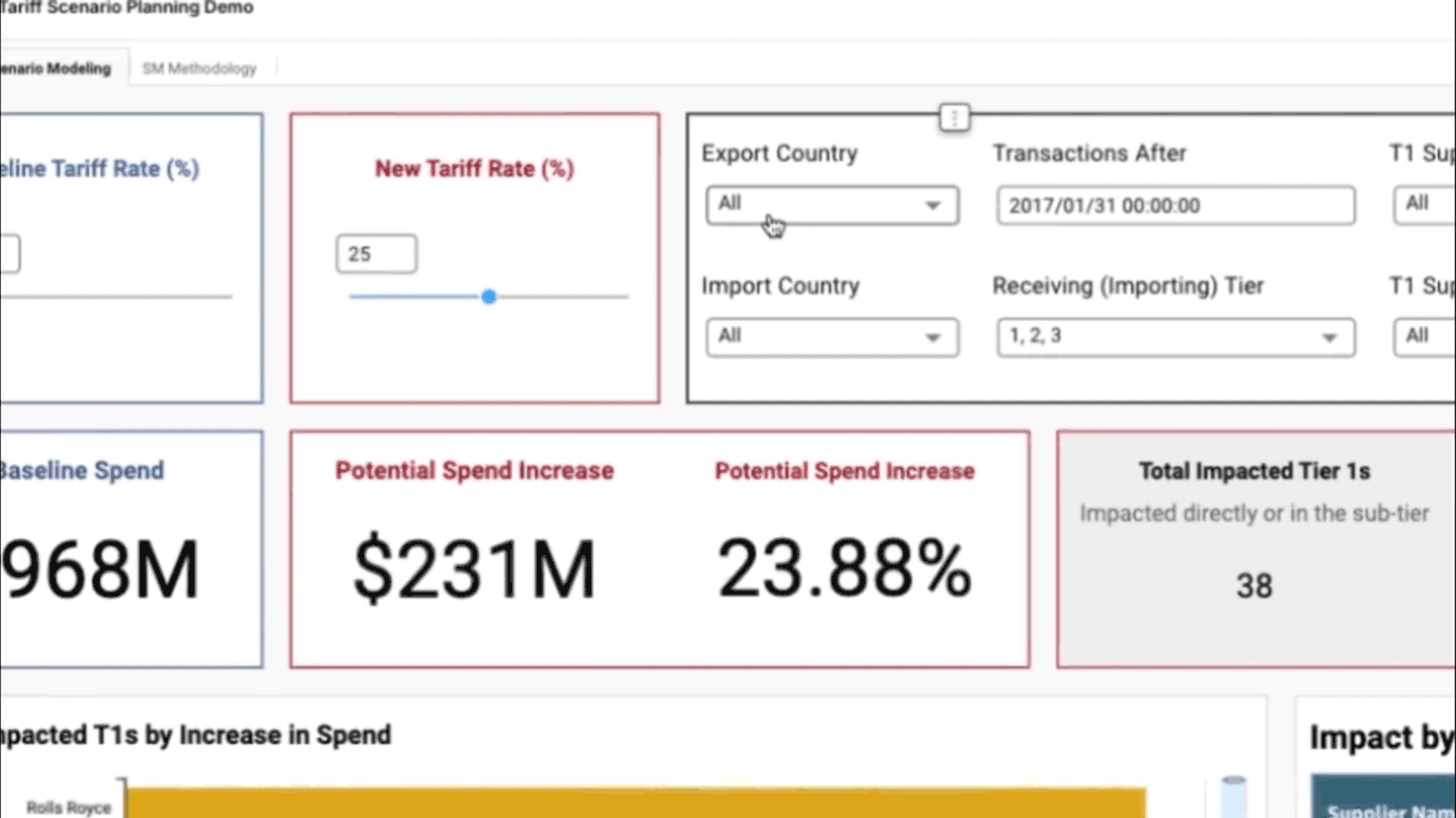
In addition to overall network impact, Altana’s Tariff Scenario Planner makes it possible to identify which supplier partnerships carry the highest tariff exposure.
This insight enables businesses to make strategic decisions. For example, instead of merely identifying general exposure to non-U.S. suppliers, businesses can see that 6% of their cost base for Supplier A flows from China to the U.S. in a multi-tier network, compared to 2.5% for Supplier B. With this information, companies can prioritize supply chain diversification efforts and reduce costs.
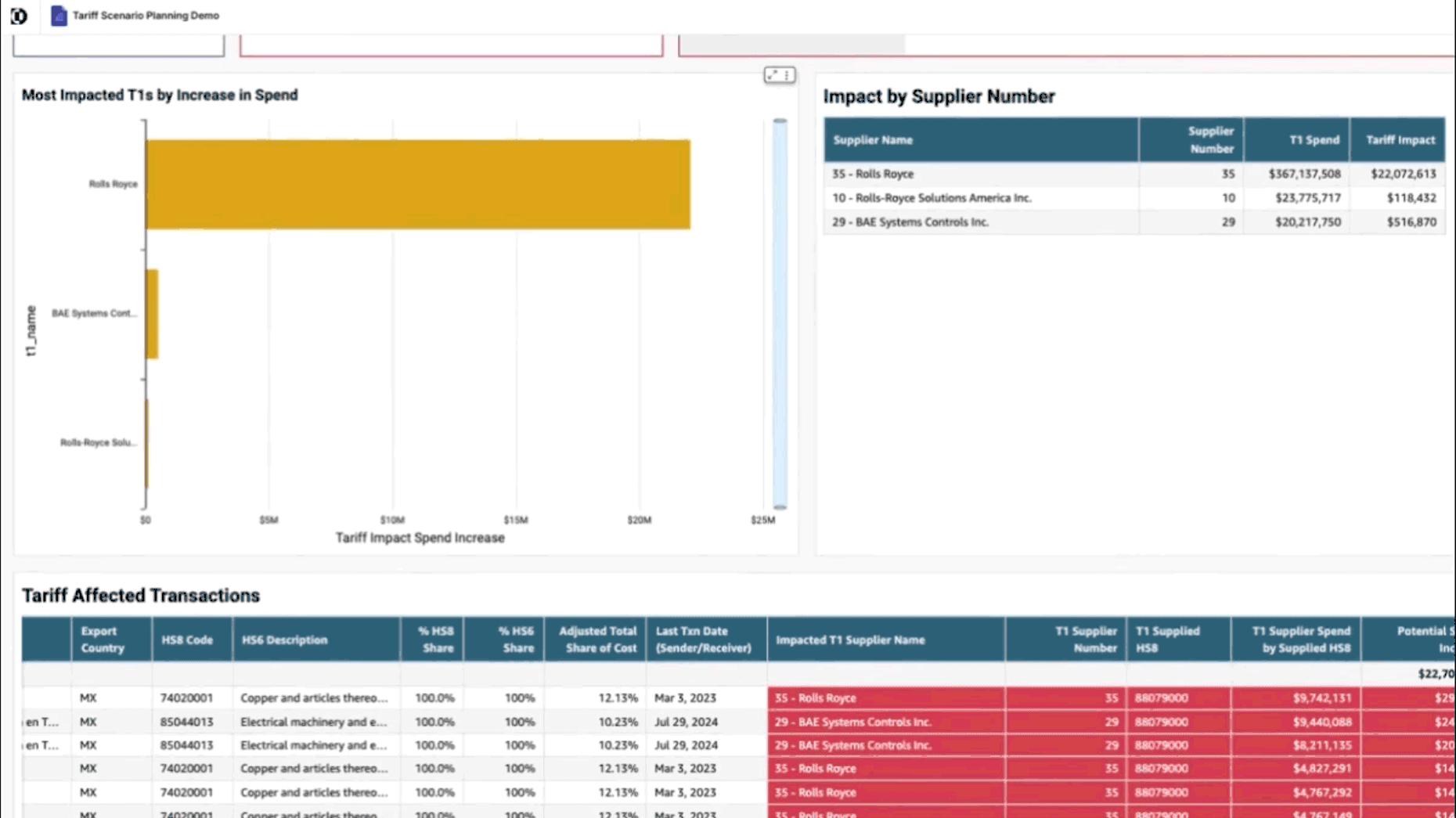
Businesses can also use our Tariff Scenario Planner to rank relationships by tariff impact, highlighting those with the highest cost burden, and find new suppliers outside of the most strongly affected trade lanes.
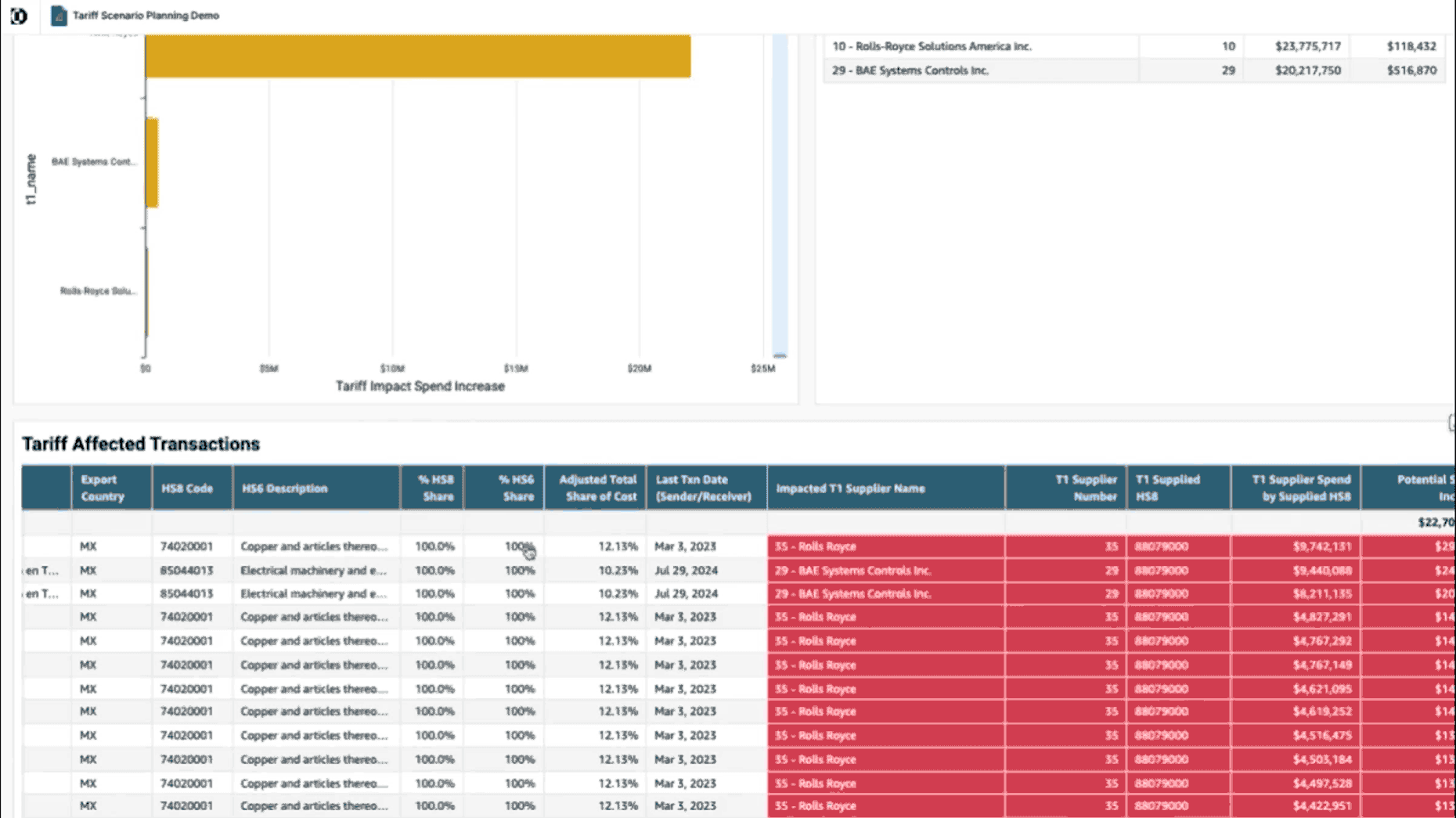
Companies can winnow these suppliers to a specific HS code, and specific geographies, to get immediate recommendations for new suppliers.
Altana's Tariff Scenario Planner doesn’t just identify risks; it also provides strategic cost management and supply chain optimization. By understanding the cost share at risk, and with immediate access to alternative sourcing options, your business can make data-driven decisions to protect margins, reduce tariff exposure, and navigate global trade uncertainties with confidence.
Ready to navigate the new aluminum and steel tariffs? Book a meeting with our team of experts and see how you can start using Altana's Tariff Scenario Planner.




